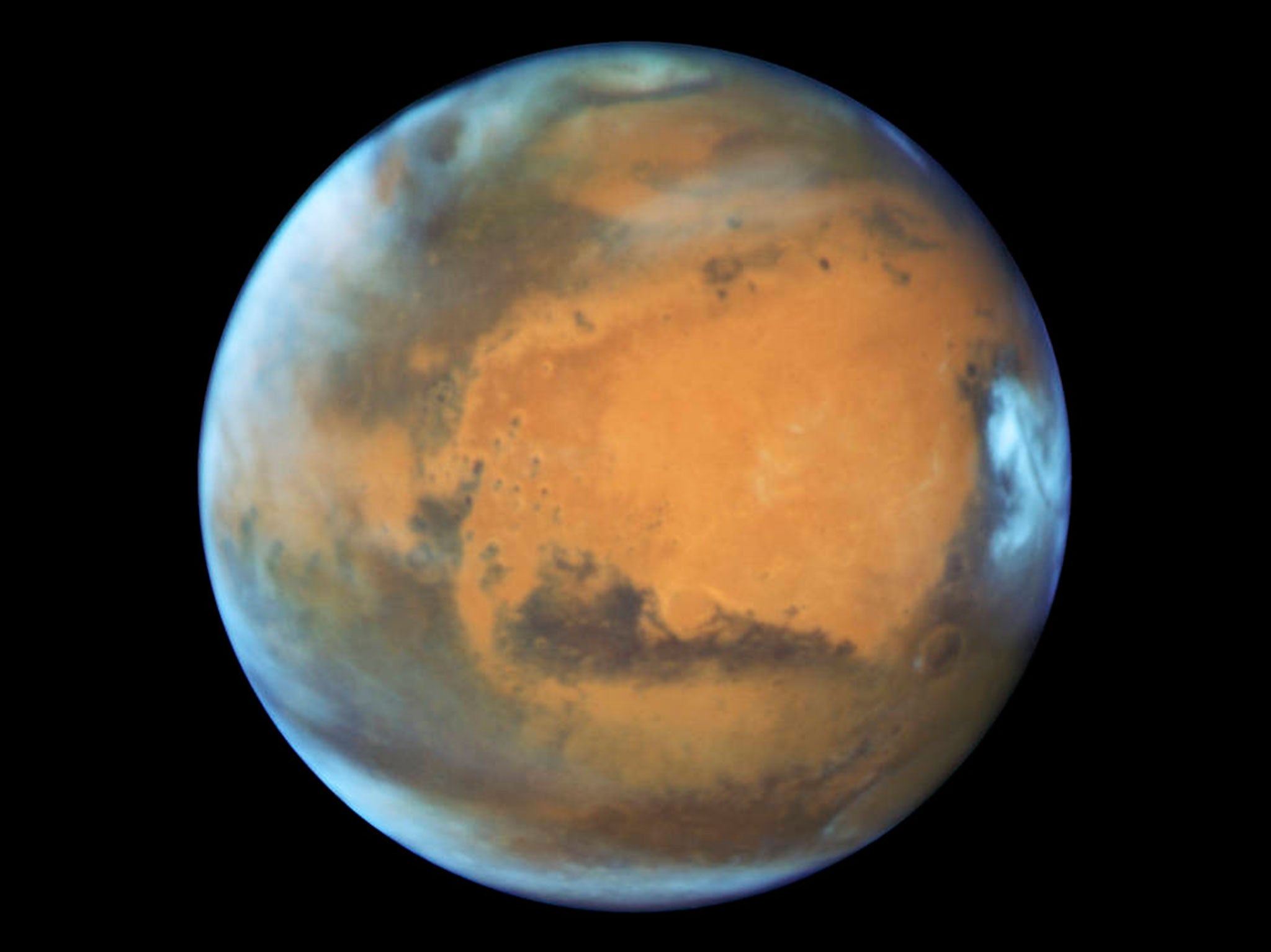Mars to pass closest to Earth in 11 years, letting you see the Red Planet with the naked eye
The planet will be the brightest thing in the night sky – though you might still need binoculars to check what you’re actually looking at

Your support helps us to tell the story
From reproductive rights to climate change to Big Tech, The Independent is on the ground when the story is developing. Whether it's investigating the financials of Elon Musk's pro-Trump PAC or producing our latest documentary, 'The A Word', which shines a light on the American women fighting for reproductive rights, we know how important it is to parse out the facts from the messaging.
At such a critical moment in US history, we need reporters on the ground. Your donation allows us to keep sending journalists to speak to both sides of the story.
The Independent is trusted by Americans across the entire political spectrum. And unlike many other quality news outlets, we choose not to lock Americans out of our reporting and analysis with paywalls. We believe quality journalism should be available to everyone, paid for by those who can afford it.
Your support makes all the difference.Mars is at its brightest for 11 years, as it passes close to the Earth and lets people see it with just the naked eye.
Usually, Mars is hard to see, even with special equipment. But a series of events over the next couple of weeks will give skywatchers the treat of seeing it with the naked eye – and a range of other celestial events will be creating a yet more spectacular set of sights.
Mars is on its way to being closer to our planet than it has been for years, at a relatively intimate 47.2 million miles. That will get to its closest on May 30, and will last for the next couple of weeks.
That proximity means that even with relatively low-powered equipment, the details of Mars’s terrain can be seen. Nasa released a stunning picture of those details this week, when it revealed one of the most detailed pictures of the planet ever taken.
And the brightness of Mars is being helped out even more by “Mars opposition” – the phenomenon that occurs when the Red Planet lines up with ours and the Sun in such a way that Mars is lit up extra bright.
The planet can be seen in as part of a triangle that also includes Saturn and the star Antares. The three of them can be picked out by looking low in the sky and trying to find the red of Mars and the relatively bright yellow of Saturn.
Join our commenting forum
Join thought-provoking conversations, follow other Independent readers and see their replies
Comments